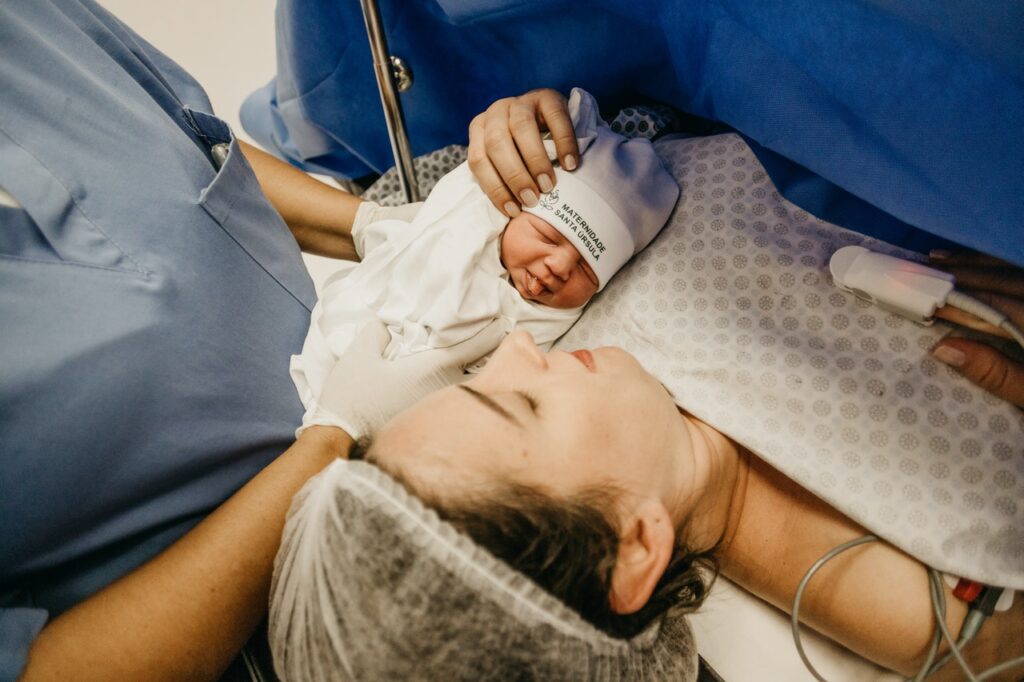
Photo by Jonathan Borba from Pexels
What is an epidural?
An epidural is a procedure that injects a local anaesthetic in to the space around the spinal nerves in your lower back.
This anaesthetic usually blocks the pain from labour contractions and during the birth very effectively. With an epidural you can usually move and can push your baby out when you need to.
An epidural is usually done by an anaesthetist.
The procedure
Before an epidural, you will usually have a drip for fluids put into your arm.
You can sit up and bend forward over a pillow, or lie on your side curled up into a ball. This makes it easier for the needle to be inserted into the right place. You will be asked to stay still.
Your lower back will be washed with cold antiseptic. A small amount of local anaesthetic will be injected into the skin of your lower back. A needle will be inserted between the bones of your spine into the space around your spinal nerves. Your anaesthetist will insert the epidural needle when your contraction stops, so it is important that you tell them when you have a contraction.
A small soft plastic tube will be inserted and the needle will be removed. That tube delivers the anaesthetic that will numb your pain.
It usually takes between 5 and 30 minutes for your pain to be relieved by the epidural.
You usually only have an epidural during the first stage of labour — but it can be given at any stage of labour.
Advantages and disadvantages of an epidural
Epidurals are available at most hospitals but not in birth centres or for home births.
The advantages of an epidural are:
- it is usually very effective
- it is generally very safe
- you can often still move around and push when you need to
- if you have a long labour, it allows you to sleep and recover your strength
- if you’re having a caesarean, you can stay awake and your partner can be there
The disadvantages of an epidural are:
- for medical reasons, not everyone can have an epidural
- you might need to have fluids given to you through a tube in your arm, and will need to have your blood pressure monitored
- you might lose feeling in your bladder and need a catheter (tube) in your bladder to help you pass urine
- you might lose feeling in your legs for a few hours
- it might slow down the second stage of labour
- you might not be able to push and need help to give birth
- your baby will need to be closely monitored during your labour
Whether you have an epidural or not makes no difference to the chance of you having a caesarean section.
Risks and side effects
An epidural is effective and fairly safe. But there are some risks.
Some women feel cold or itchy.
A small number of women get little or no pain relief.
Some women get weakness in the legs; it wears off after a few hours.
There is an increased risk of needing forceps or a vacuum to help with the birth.
Some women develop a bad headache 24 to 48 hours after an epidural.
There is a small chance of developing a skin infection.
Very rarely a few women get permanent nerve damage.
What to discuss with your doctor or midwife
You can check:
- if you can have an epidural at your chosen hospital or birth centre
- what their epidural procedures are
- the type of pain relief that might suit you best

